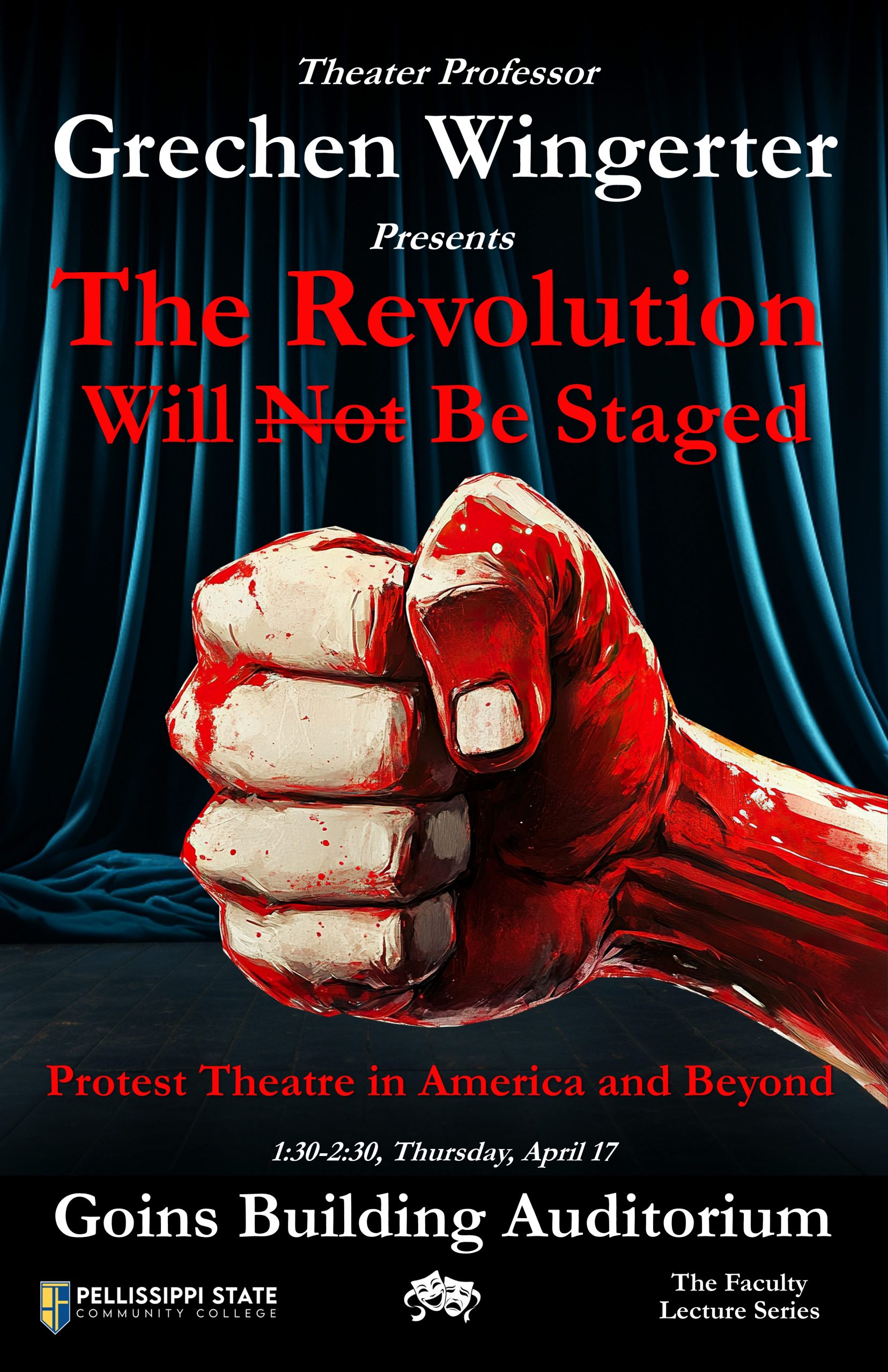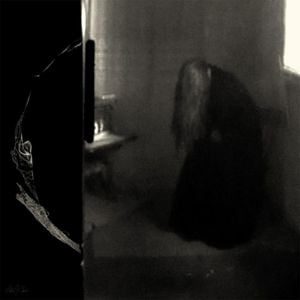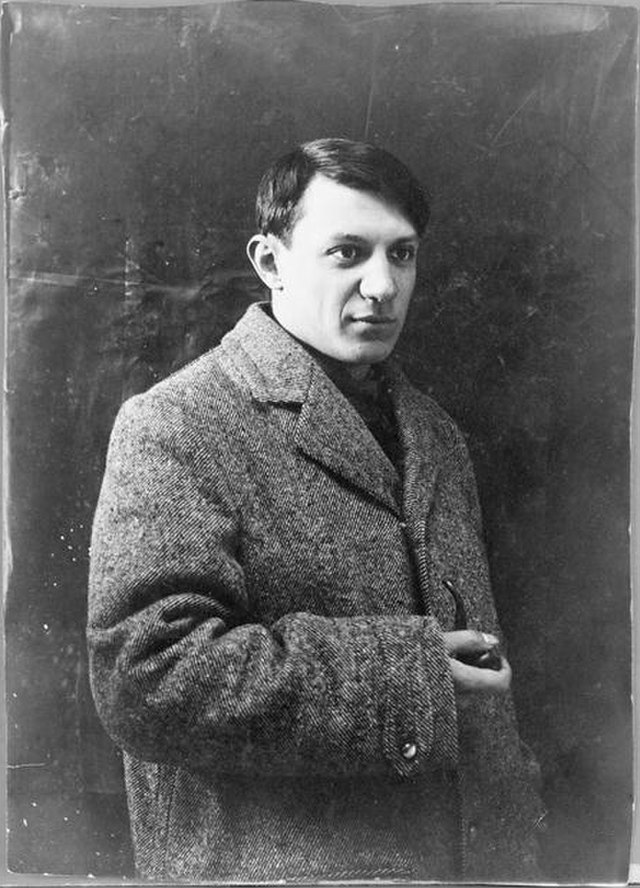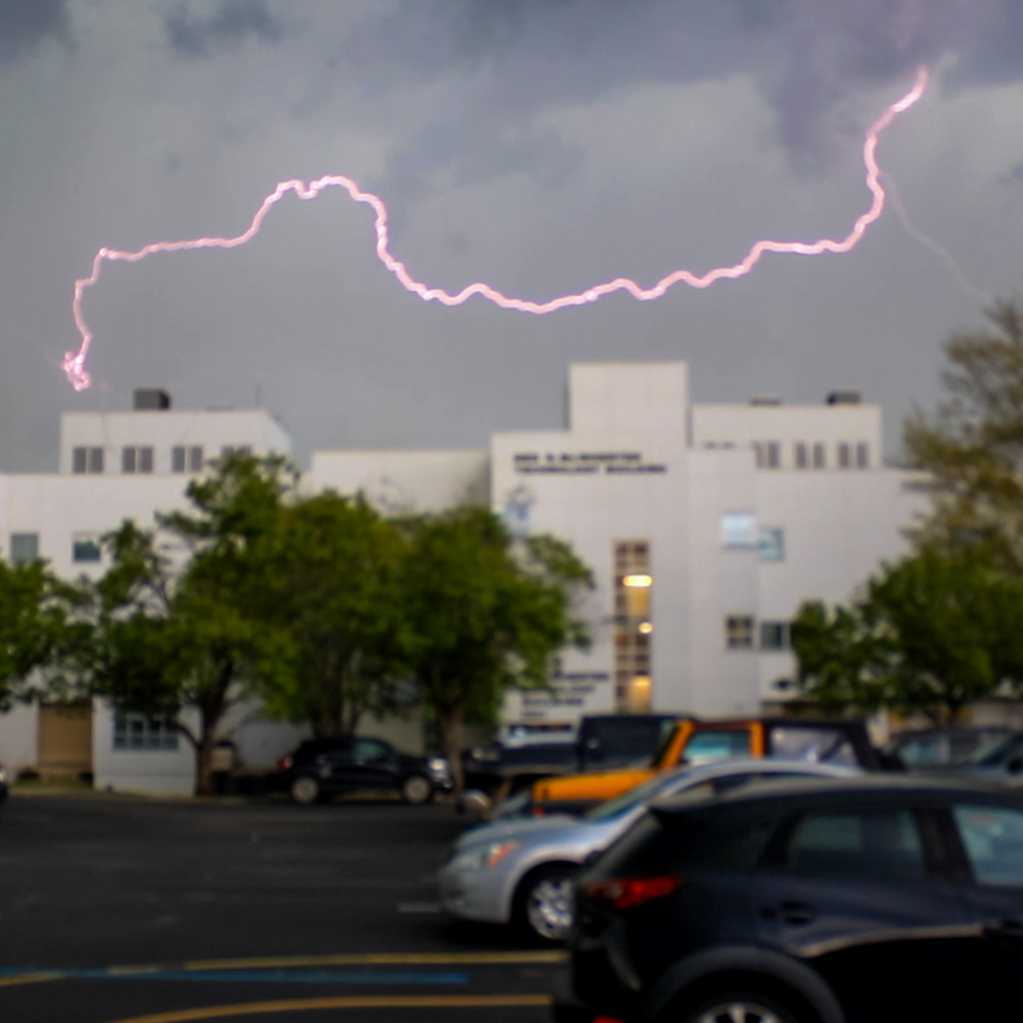By Patrick Dobyns, Editor
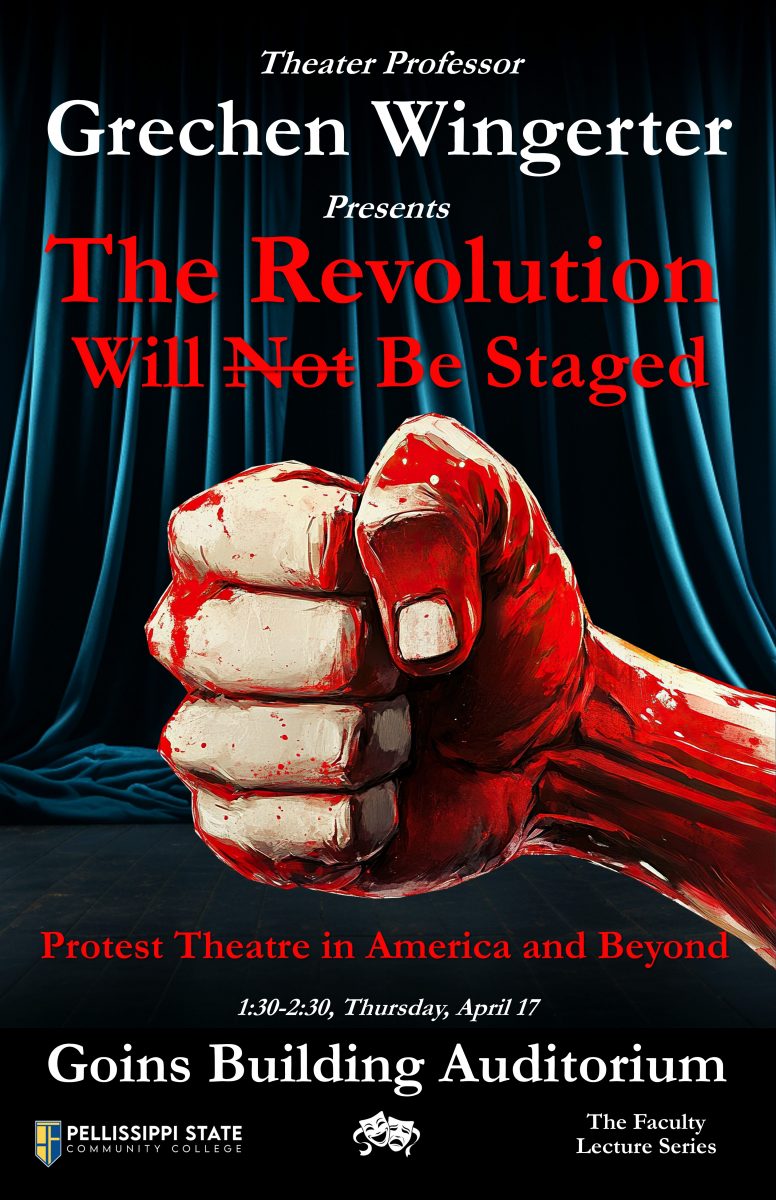
Those of you who have read my articles won’t be surprised to hear that I was very excited to attend Professor Grechen Wingerter’s lecture on protest theatre, The Revolution Will Not Be Staged. I saw the event thoroughly advertised across Hardin Valley’s campus, a clenched fist in red grabbing the attention of many passersby; even though my interest usually isn’t held by the artistic scenes, it was something I knew I had to see.
The lecture was a fascinating dive into the history and importance of how theatre is meant to express the will of the masses, from its origins in ancient Greece to the modern United States. Professor Wingerter explored the varying movements and styles that arose over time, why they showed up when they did, and how they’re relevant to us today.
She began with an overview of what protest theatre is, and how it differs from other mainstream theatre; while art and entertainment usually reflect the dominant culture of the area, protest theatre is meant to promote multiculturalism and reduce stereotypes. Where mainstream media says “this is good,” protest theatre asks, “but is it?” Wingerter identifies it as a “Theatre of the People,” meant to give a voice to all members of society.
After we’d learned what defined the subgenre of protest theatre, we were taken through its history. Some of the earliest examples we have record of are from the Greeks, who utilized the loose rules of the comedy style to skirt past certain restrictions on what they could say. Euripedes wrote The Trojan Women, moving away from the action and heroism of the Trojan Wars and focusing on the widows left behind as their city fell, while Aristophanes made his mark with the Lysistrata, detailing how a group of women attempted to stop a war between feuding cities by denying their husbands… certain intimacies. Although the clips Prof. Wingerter included in her presentation weren’t behaving, she managed to expertly detail the shenanigans of the Greeks in their protests.
We then moved on to the most famous theatric genius in history, William Shakespeare, exploring his battle with censorship by government officials in charge of public performances in his time. Despite the extra struggle, he managed to get his hidden messages out in plays such as Richard II, King Lear, Othello, and “the Scottish play”. He was so adept at hiding messages from censorship that there are theories that say that certain codes had escaped notice of many scholars to this day, as his styling may have been more easily understood by the audience of the time.
From there we got into the more modern theatre movements. Henrik Ibsen, father of the realism genre, wrote multiple plays with feminist views radical enough to shock audiences enough that even one of his actors demanded he change the ending to A Doll’s House to something more moderate. Dadaism arose after the First World War as a response to the madness of the world, creating a movement to reflect that madness back to the audience. Bertholt Brecht championed Epic Theatre, alienating the audience from the performance and ensuring that viewers were always aware that they were in a theater. Augusto Boal found the traditional theatre experience oppressive, and his Theatre of the Oppressed involved the audience as “Spect-actors”, while Jerzy Grotowski’s Poor Theatre went on to inspire Environmental Theatre, which utilized the entire theater as a performance space.
All of these new forms of theatre began to inspire a huge rise of protest theatre in the United States in the 1960’s, as the civil rights movement sparked debate regarding the African American communities and migrant farm workers. Performances in New York, especially Harlem, were the start of modern protest theatre in America. NYC’s Caffe Cino was the birthplace of “Off-off-Broadway” productions, opening up New York theater to those who wouldn’t be welcome elsewhere—notably the LGBTQ+ community.
As the concept of protest theatre in America spread, guerilla theatre (characterized by spontaneous public performances designed to capture attention of passersby) became a much more overt form of protest across the country, arising frequently to protest the Vietnam War. Political satire also saw a rise, mirroring the Greek’s use of comedy as protest.
Theatre companies also began performing for the oppressed and mistreated of the decade.The United Farm Workers had a branch dedicated to theatre in the 1960’s, with the Chicano Theatre Company performing both in English and Spanish and supported by civil rights activist Cesar Chavez. In Mississippi, the Free Southern Theatre gave voice to Black Americans in Jim Crow’s South, providing accessibility and multiculturalism to a normally restrictive society.
The lecture also went into more recent and current forms of protest theatre. The Bread and Puppet Theatre creates massive puppets for their performances, giving out free bread to the audience, and still operates today, protesting current political issues such as the clash between ICE and Latino populations. Happenings became the new Guerilla theatre, with performances that could happen anywhere at any time (except in a theater), and would usually protest the destruction of a building, park, or other public space. Open Theatre and Living Theatre made use of new, experimental acting techniques that became known as method acting, with Living Theatre taking it to new extremes, acting in the nude, while smoking Marijuana, or both at once.
“It doesn’t stop here; it can’t stop here,” Prof. Wingerter vowed. She explained that theater is one of the many tools we use to make sense of the world around us and to express our anger at the injustices we see every day. Marginalized groups are facing increased pressure to keep quiet, and theatre is one of the best ways to make their voices heard. Theatre helped make the Me-Too movement the national sensation that rocked every industry in the country, even while theatre itself was affected by it. The Black Lives Matter movement prompted theaters to give statements of support, and a series of one-minute plays called Every 28 Hours was released, based on the statistic that every 28 hours, a black person is the victim of systemic violence in the United States.
Professor Wingerter describes giving a voice to those whose voices are not heard or are being silenced as an important role of people in theater, as they use their platform to speak for the oppressed. The last slide of her presentation listed various theatre companies who are doing just that today—the Negro Ensemble Theatre, El Teatro Campesino, and the About Face Theatre, to name just a few. These are people of and for the communities that they are speaking for, and, as Wingerter puts it, “people are working together to tell these stories.”
The lecture ended with a plea to not shy away from these productions or companies just because they are political. Our society, our world is defined by politics, and supporting these productions will promote cultural awareness and celebrate our diversity through theatre. Theatre establishes empathy in the audience, allowing them to see the world from another’s point of view and challenge their own perspective of the status quo.
These productions need the support of their audience; Prof. Wingerter related that, as of 2024, the National Endowment for the Arts funded $207 million to all of the organizations that applied for grants. While that may seem like a lot of money, it is roughly about 46 cents per person who applied. The United States falls far behind many other nations when it comes to art funding, so theatres and companies need the support of audiences in order to continue being the voice of the voiceless. If the Revolution is to be staged at all, then the theatre needs all willing hands to help.


